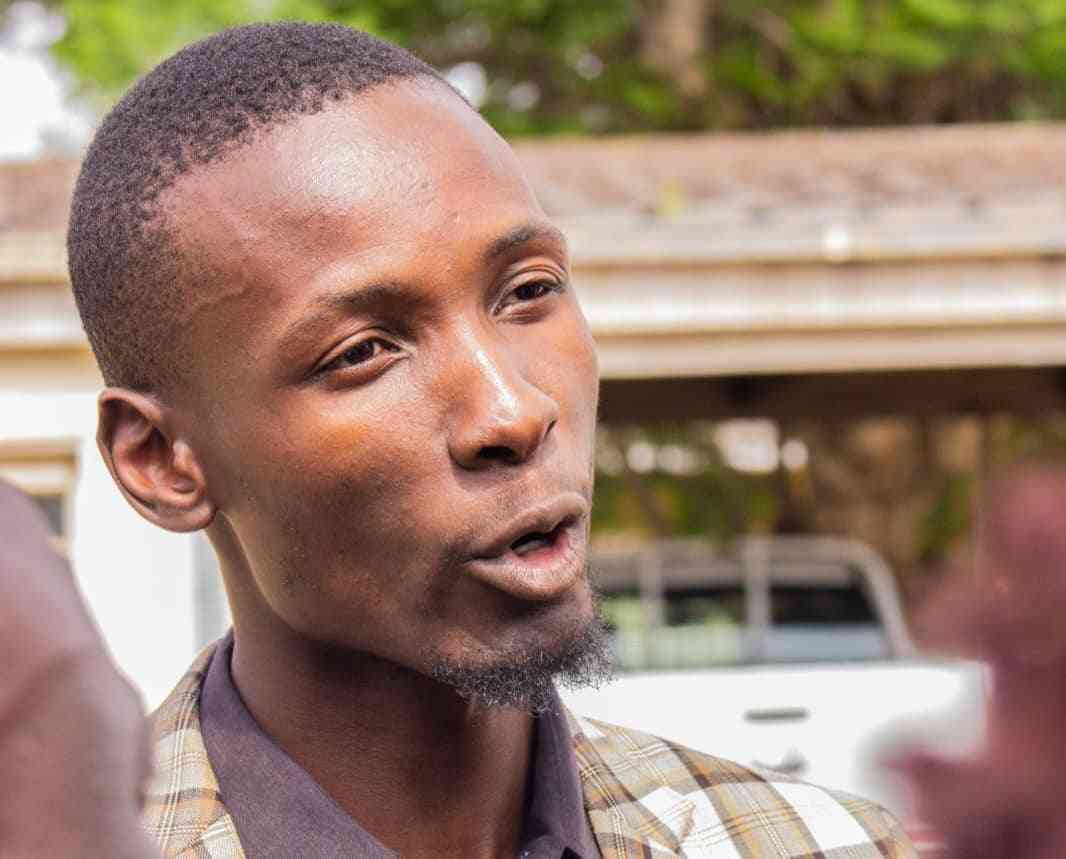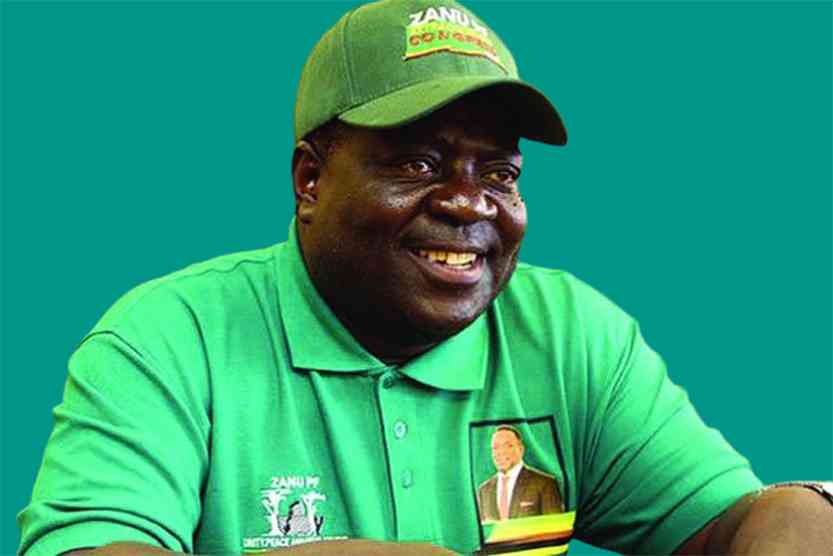
INTERNATIONALLY-ACCLAIMED sculptor Alexander Chitungo says there is need to embrace sculpting in the tertiary education curriculum to enhance learners’ sense of belonging.
Chitungo, an award-winning sculptor, is a visiting lecturer at the Central Washington University in the United States where he has been part of the institution’s Art and Design Department since 2006.
He is among multiple visiting artists, critics, curators and arts professionals hosted by the Sculpture Programme each semester.
The Art and Design Department at the Central Washington University has a diverse range of studio options, including ceramics, drawing, graphic design, jewellery and metalsmithing, painting, photography, sculpture, and wood design.
“I think education authorities should consider including sculpture in the tertiary education curriculum just like what is being done in developed countries,” Chitungo told Standard Style.
“Stone sculpture is part of our rich history and by embracing it in the curriculum; we are strengthening learners’ sense of belonging at the same time preserving our heritage.
“On the other hand, sculpting is big business that is also contributing to tourism as well as the country’s economy.”
Zimbabwe, just like most countries, had its syllabus founded on European models due to colonisation, but after independence the country developed the curriculum to overcome this.
- Teach sculpture at university, says top sculptor
Keep Reading
“At some point I approached the then Higher and Tertiary Education minister Jonathan Moyo as part of our advocacy to have sculpture embraced in the tertiary education system, but the minister had none of it,” Chitungo said.
“In the United States and other developing countries most universities now offer sculpture as a course in their visual arts programmes.”
Chitungo said he desired to see young people in Zimbabwe enroll at universities for programmes that have to do with sculpture.
The Marondera-born sculptor, who has covered the length and breadth of the world doing exhibitions, is offering tutorials for upcoming sculptors in Chitungwiza.
“I am a beneficiary of one such tutorial and I believe it’s my time to share my knowledge with the young ones,” Chitungo said.
“When I do lectures and demonstrations in the US and in Europe, I charge them money, but when I am doing it here it’s for free.
“I run free tutorials mainly for those youths in the ghetto and I believe as artists it is our role to create employment for the youths.”
Chitungo, who recently clinched another lecturing deal with the Loyola University in Chicago, US, has carved a niche for himself in the dog-eat-dog visual arts industry.
“I started sculpting under the tutelage of Tonderai Marezva and Lincoln Muteta, who are renowned sculptors and in two years I had developed my own, which I called ‘Shadows in the Stone’ (Mumvuri Mudombo),” he said.
“Since 1993 my work has been exhibited at international arts festivals, exhibitions and galleries and I also featured prominently at galleries across France.
“In 2016 I left it for the upcoming guys to go to France and make their names due to my commitment in the US."
With his work reflecting the theme Voices of Reality, Chitungo has managed to use art as a form of expression or communication.
“Shadows in the stone is my own unique artwork,” he said.
“My work is all about everyday life, thus love, joy and togetherness.”
For his international engagements and networking, Chitungo said it was because of his zeal to explore new things.
“Like I said, I came up with my own unique brand that I call Shadows in the Stone, only two years after joining the mainstream visual arts industry,” he said.
“I have always wanted to learn new things, hence I ended up creating synergies with people from all over the world.
“Those are the people that have opened up spaces for me, like lecturing and demonstrating at universities in the US.
“I started these demonstrations while I was in France and I built my name, which has opened up horizons for me in the US.”
Chitungo said he was among a myriad of visiting artists, critics, curators and arts professionals at Central Washington University.
“I teach a module called Shona Sculpture 498 and I visit the university once during the year,” he said.
“I did an introduction to students at Loyola University, Chicago in November with the possibility of doing more demonstrations and lectures this year.”
Chitungo said he was saddened by visual artistes in Zimbabwe for failing to use bronze or steel.
“Rarely would you find locals who can use steel to do artwork,” he said.
“With proper visual arts education we would have produced a number of artistes capable of using steel or bronze to carve artefacts.”
He encouraged upcoming visual artistes to invest their money in other ventures.
“Sadly, we have had a number of artistes dying with nothing after they would have squandered their money realised from art work proceeds,” he said.
“The young ones need our advice and let us be their role models.”










